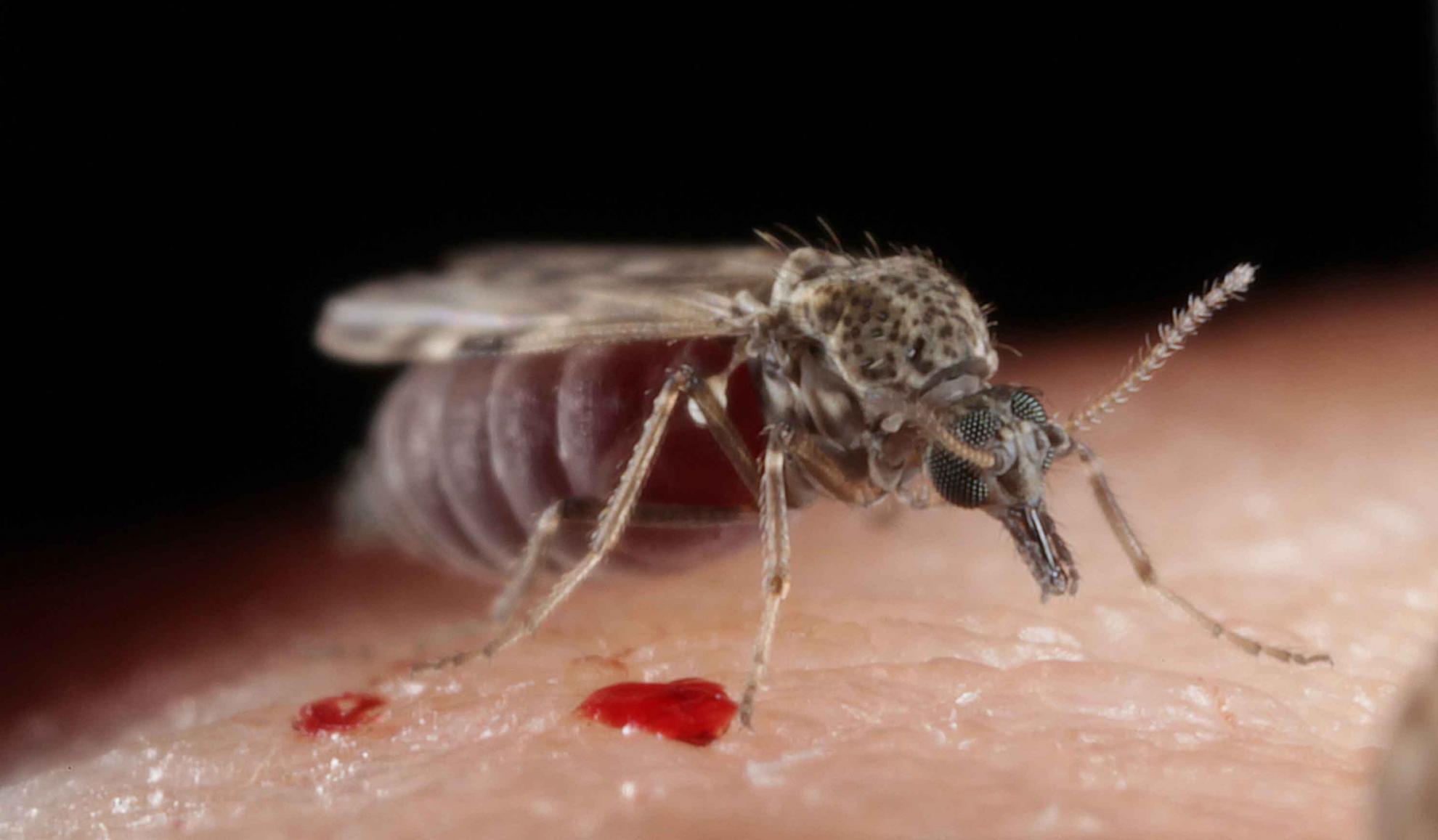Diversity and abundance of tabanids in Northern Spain
Tabanids (Diptera: Tabanidae) are large haematophagous flies that cause both direct (by biting nuisance) and indirect (primarily by mechanical transmission of diseases) damage to host species. Research studies on this family have received little attention in some parts of Europe. Our aims were to characterise the species richness, abundance, and peak of activity of tabanid fly species in a region of Northern Spain. Home-made canopy traps, sweep nets, and Malaise traps were employed for the collection of tabanids across four cattle farms, two equestrian centres, and two golf courses during a 3-month period in the summer of 2020. A total of 300 specimens of 27 tabanid species belonging to eight genera were identified. The most prevalent species were Haematopota pluvialis (23.3%), Tabanus eggeri (20.0%), and Tabanus bromius (8.0%). The former species was recorded biting humans and therefore should be considered of relevance to public health. Tabanids were more diverse and abundant in scrubland and grazing pastures [relative abundance (RA) = > 10%; species richness (S) = 8–12; Shannon-Index (H´) = 1.5 − 2.1] compared to crop landscapes (RA = < 1%; S = 0–1; H´ = 0) according to canopy traps. The tabanid population dynamics was determined to be short, with the greatest abundance and diversity concentrated in mid-late July. This study updates the checklist of this Diptera group in the Northern Spain from nine known extant species to 31 species, providing the first data on the summer peaks of activity of tabanids for this region.
